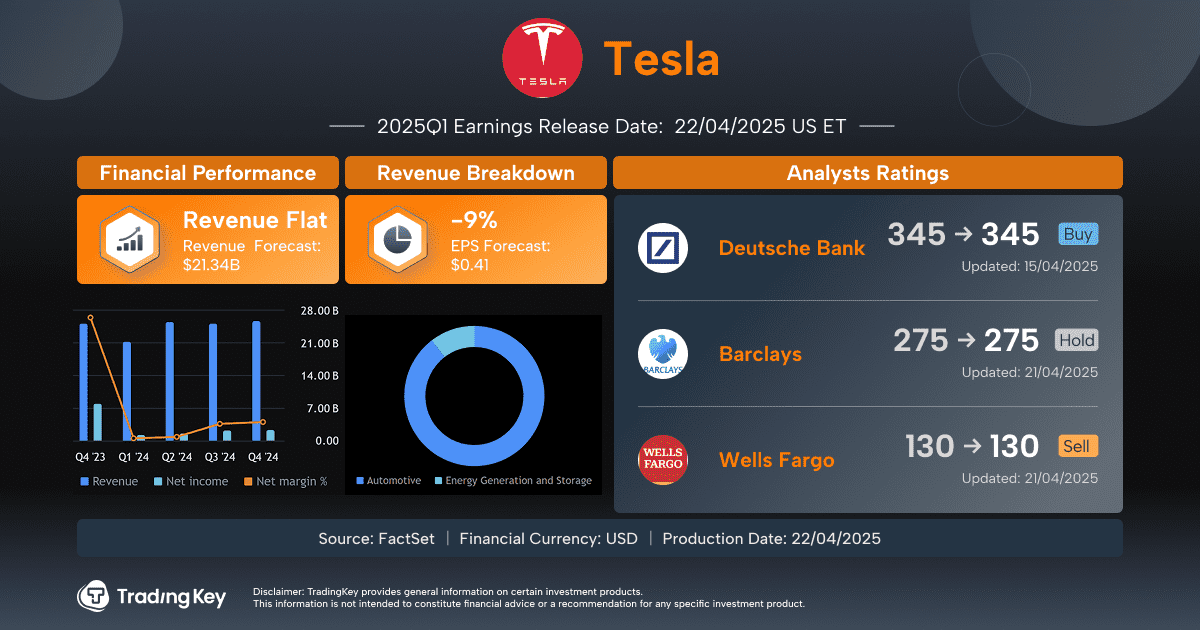BMS: London underwriters pushing for further P&I and marine liability rate rises

By Mia MacGregor, Chris Munro
April 9 - (The Insurer) - London-based underwriters continue to push for improved pricing in blue and brown water protection and indemnity (P&I) and both primary and excess marine liability, while hull and ports and terminals (P&T) rates are trending down, according to BMS Group.
In its newly published Q1 North American Marine Market Update, BMS said rates for both blue and brown water P&I business ranged from flat to up 5% on average during the first three months of this year.
Capacity for blue and brown water hull business in both London and the U.S. was flat during the first quarter of 2025, BMS said.
Average rate rises were even more pronounced in the marine liability segment, with pricing across the primary and excess segments up 2.5% to 10%, the broker said.
For both primary and excess marine liability, capacity availability in London was flat, but increased in the U.S.
During the first quarter, the biggest development in the P&I and marine liability segments was the renewal of the International Group’s excess of loss reinsurance program on February 20.
“Overall, the renewal of the contract (double-digit increase) has been received positively by insurers and provided much stability for the shipowner community that use it,” said BMS.
“As this comes off the back of the Dali/Baltimore bridge loss in 2024 it is an endorsement of the health of that product,” the broker added.
In London, BMS said many marine liability accounts have now reached rate adequacy, causing the pace of rate increases to slow down.
Some clean accounts renewed close to flat, BMS noted.
The marine liability market continues to navigate challenges though, including lingering impacts from the Dali loss, social inflation and rising repair costs.
“On this basis, underwriters continue to look for moderate rate increases where they can and we have seen a choppy market ranging anywhere from 0% to 10%,” BMS said.
HULL RATES TREND DOWN
Blue water hull pricing in London trended down between 2.5% and 10% during Q1 2025, BMS detailed.
In brown water hull, London underwriters were less willing to give decreases, with reductions averaging between flat to down 5%, the broker said.
Blue and brown water hull capacity in London increased during 2025’s first quarter, while it remained flat in the U.S.
Last year seems to have been a profitable one for hull and machinery underwriters, a trend that has driven increased competition among markets with ambitious growth targets for 2025, BMS said.
A rise in the number of MGAs writing hull in both London and globally has contributed to downward pressure on rates, BMS said.
“The H&M market is generally seeing reductions across the blue water market, particularly on some of the well regarded fleets and desired tonnage,” said BMS.
“Direct blue water hull rates are expected to drop further throughout 2025, with strong capacity remaining for ocean going hull.
“With regards to brown water vessels, whilst 2024 saw rates generally holding, we expect to follow similar trends to the blue water market throughout 2025, with particularly strong competition from MGAs, who have increasing appetite for this class,” the broker added.
BMS said it expects London underwriters to be increasingly competitive during 2025 for blue and brown water hull business.
“We expect to see continued downwards pressure on rating throughout the H&M and builders risk classes in 2025, and increasing competition for top line growth between insurers,” the broker forecast.
PORTS AND TERMINALS PRICING DIPS
In the P&T segment, BMS said property business benefited from rates that were down 10% to flat in London. Capacity availability in the P&T property segment was up in London, but remained flat in the U.S.
For P&T liability business, London underwriters pushed for rates that ranged from down 5% to 2.5%. P&T liability capacity was up in London, but in the U.S stayed flat.
BMS said there has been a “significant shift in underwriting approach” within the P&T segment, with reductions being achieved across the portfolio.
“At the latter end of 2024, markets were still pushing for increases across property and liability, generally driven by large losses in recent years, as well as general U.S. claims inflation.
“Whilst we expected to see flat renewals and some reductions in first half of 2025, this turn to reductions has been quicker than expected,” the broker said.
As BMS explained, the shift has been largely driven by an increase in P&T capacity availability at January 1 as several new entrants look to enter the market during the first half of 2025.
At the same time, BMS said carriers have sought to increase their U.S. and natural catastrophe exposures, a dynamic which goes against the historic trend that previously limited London’s ability to be as competitive as the domestic market.
“Those accounts which are non-cat exposed are also seeing a very competitive rating environment, as insurers attempt to balance income across their cat and non-cat books,” BMS said.
The broker in its report highlighted that London’s marina property insurance portfolio has grown significantly in the last five years, so much so that BMS believes it is now at an all-time high.
According to BMS, the growth has largely been driven by exposure to nat cat-prone locations in the U.S. Midwest and Gulf regions.




